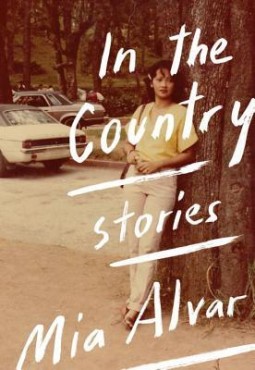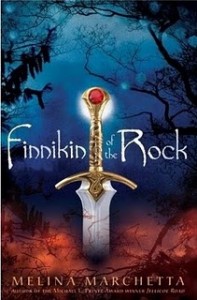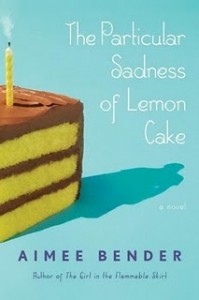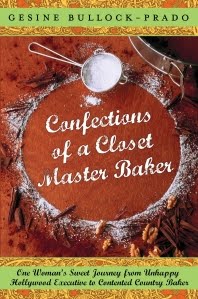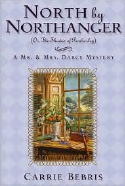This review contains affiliate links, which earn me a small commission when you click and purchase, at no extra cost to you. Thank you for supporting my small business and allowing me to continue providing you a reliable resource for clean book ratings.
Mia Alvar examines the lives of a variety of Filipinos (as well as an “all-American” model working in the Philippines) in this collection of stories. Some are first- or second-generation immigrants to the United States; some work and live in Bahrain or Saudi Arabia; some are going about their lives in their native land. Poverty and the pitiable state of the slums certainly make appearances, while wealth (or at least moderate wealth) is the way of life for other characters.
Family is an overarching theme: parents embarrass or anger their children; a brother leaves his mother, sister and pregnant girlfriend behind to earn a living in Saudi Arabia; being involved in politics disrupts marriages.
Readers looking to get a window into the Filipino culture may be only partially satisfied. I was honestly hoping for a book that does for Filipino culture what Amy Tan or Lisa See did in sharing Chinese culture. I loved Tan’s novels particularly and felt I understood a bit more of Chinese heritage and culture from what she wrote, even though it was fiction. I was especially interested in In the Country because my husband is Filipino, an immigrant who is technically first-generation but came to the United States so young he might as well be second-generation. I am familiar with words in the language and some of the food and have heard snippets of his parents’ lives, but my husband’s “American-ness” still makes me feel I don’t know nearly as much as I could or should about the land of his birth.
So this book held some familiarity for me in some of the references to food and Tagalog words and the distance that happens between first-gen immigrants and their American children. And despite my paying attention to the politics in the Philippines in the mid-’80s because of a year-long history assignment I had in high school, I still don’t know nearly the detail that would have made me comfortable inhabiting the stories here that focus so much on the politics, the uprisings, the martial law. I felt I needed to be consulting a history book or Wikipedia to get more out of two of the stories, especially.
In the Country is a fairly interesting collection but will be most enjoyable for Filipinos, and that’s a shame. American readers would benefit from a Filipino Amy Tan or Lisa See.
Rated: Moderate, for five uses of strong language, occasional milder language and some brief references to sex but no details. There are references to violence but no real details.
Click here to purchase your copy of In the Country on Amazon.
